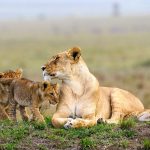
What is the Best Month to See the Great Migration in Kenya?
August 25, 2025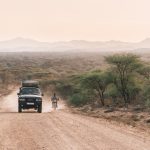
Why Does the Great Migration in Africa Occur?
August 25, 2025When is the Great Migration in Tanzania?
The Great Migration in Tanzania remains one of the world’s most extraordinary wildlife events. This continuous cycle of millions of wildebeest, zebras, and gazelles moving across the Serengeti and into Kenya’s Maasai Mara captivates travelers from around the globe. For those planning their next Kenya Wildlife Safari or Tanzanian adventure, understanding the migration’s timing enhances the chance to witness this awe-inspiring natural phenomenon.
Deks Safaris & Tours Ltd presents a thorough guide on the migration’s seasonal rhythms, best viewing times, and how to prepare for an unforgettable safari. This article addresses essential questions such as “When is the Great Wildebeest Migration in Kenya?” and “What to Pack for a Kenya Safari?”, helping visitors make informed decisions while enjoying immersive cultural experiences around safari lodges.
The Great Wildebeest Migration Cycle in the Serengeti
The Great Wildebeest Migration in Tanzania is a year-round spectacle, but certain periods offer prime wildlife viewing opportunities. This migration follows a cyclical pattern dictated by rainfall and pasture availability. Between June and October, the herds embark on the dramatic river crossings, especially the famous Mara River crossing as they move northwards into Kenya’s Maasai Mara. This moment ranks as the peak season for many Kenya Wildlife Safaris due to its thrilling wildlife interactions and breathtaking landscapes.
From December through March, the southern Serengeti becomes the migration’s center. This period is the calving season, during which thousands of wildebeest calves enter the world. The presence of vulnerable newborns attracts numerous predators like lions, hyenas, and cheetahs, resulting in extraordinary predator-prey encounters. Visitors during this time witness a different but equally compelling side of the migration.
Understanding this natural rhythm helps travelers schedule their safari for their preferred experience—whether dramatic river crossings or intense calving season drama. Deks Safaris & Tours Ltd designs itineraries around these critical periods, maximizing wildlife sightings while providing cultural engagements and comfort.
December to March: Calving Season in the Southern Serengeti
The months from December to March mark the start of the migration cycle with the calving season in the southern Serengeti, particularly around the Ndutu Plains. During this phase, over half a million wildebeest calves are born within a short window, making it one of the world’s largest wildlife birthing events. This influx of newborns attracts predators, creating a fascinating wildlife theatre.
For those asking, “When is the Great Migration in Tanzania?”, this period offers a unique perspective. Visitors observe the vulnerability and resilience of wildlife, with predator-prey dynamics playing out in real time. Lions, cheetahs, and hyenas roam these plains, targeting young calves or weaker adults.
In addition to large predators, this season features active birdlife and other herbivores. Game drives focus on tracking predator movements and witnessing the protective behaviors of wildebeest mothers. This calving season also provides excellent photographic opportunities due to the concentration of animals in one area.
Besides wildlife, cultural interactions with local communities such as the Maasai enrich the safari experience. Visitors may participate in village visits, learning about traditional lifestyles and crafts, making this period ideal for travelers seeking a blend of wildlife and cultural immersion.
April to May: The Northern Trek Begins in the Central and Western Serengeti
As the calving season winds down, the herds start their long journey northwards in April and May. During these months, the migration progresses through the central and western Serengeti. The grasslands here offer fresh grazing after the rains, and wildlife disperses slightly, preparing for the upcoming river crossings.
This period appeals to travelers interested in witnessing the migration on the move. Deks Safaris & Tours Ltd recommends April to May for those seeking a quieter safari with fewer tourists but abundant wildlife. Visitors enjoy extensive game drives spotting not only wildebeest and zebras but also resident predators and elephants.
The herds’ gradual shift creates varied opportunities to explore the Serengeti’s vast ecosystems. Safari lodges in this area offer comfort while immersing guests in the wilderness. Cultural visits continue to play a significant role, with visits to Maasai villages enhancing appreciation for local traditions.
Travelers often ask, “What to Pack for a Kenya Safari in April or May?” Light layers for changing weather, insect repellent, and good walking shoes help maximize comfort during game drives and cultural excursions.
June to July: The Grumeti River Crossing – A Dramatic Highlight
Between June and July, the migration reaches the western Serengeti’s Grumeti River. This crossing presents thrilling scenes, as the herds gather on the riverbanks, preparing to face strong currents and lurking crocodiles. The anticipation and tension in the air make this crossing one of the most exhilarating wildlife spectacles.
Safari guests can witness thousands of animals moving en masse, with predators often waiting for vulnerable stragglers. The Grumeti crossing remains less crowded than the Mara River crossings, offering a more intimate viewing experience. This period is perfect for photographers and wildlife enthusiasts craving raw, unfiltered moments.
The western Serengeti lodges and camps provide ideal vantage points with expert guides who track the herds’ progress. Beyond wildlife, the surrounding landscapes reveal beautiful sunsets, acacia woodlands, and birdlife, enriching the safari atmosphere.
This segment of the migration answers travelers wondering, “When is the best time for Kenya Wildlife Safaris to see river crossings?” For those seeking intense river action with fewer crowds, June and July rank among the top choices.
July to October: The Iconic Mara River Crossings in Kenya
The highlight of the Great Wildebeest Migration in Kenya occurs between July and October when herds cross the Mara River. This event attracts thousands of travelers worldwide due to its intense predator-prey dynamics and dramatic wildlife encounters.
During this time, millions of wildebeest and zebras congregate along the riverbanks, scanning for safe crossing points. Crocodiles lurk underwater, ready to ambush. The crossing is perilous, and many animals perish, underscoring the harsh realities of nature. This spectacle embodies the essence of the Kenya Great Wildlife Migration.
Deks Safaris & Tours Ltd offers exclusive access to prime locations within the Maasai Mara National Reserve, ensuring guests enjoy unobstructed views. Expert guides narrate the events unfolding, providing educational insights that deepen appreciation for the ecosystem’s complexity.
Besides migration viewing, the Maasai Mara teems with year-round wildlife, including lions, elephants, leopards, and cheetahs. Guests can also engage in cultural tours visiting Maasai villages, witnessing traditional ceremonies, and purchasing handcrafted souvenirs.
Questions like “What to Pack for a Kenya Safari during migration season?” often arise. Neutral-colored, lightweight clothing, sturdy boots, sun protection, and camera gear are essential to capture the excitement.
September to October: The Return Journey Begins
As October approaches, the herds start their gradual migration back south, re-entering the northern Serengeti. This phase offers travelers a chance to witness the aftermath of the crossing season and observe wildlife dispersing over wide areas.
September to October remains an excellent time for Kenya Wildlife Safaris, as the migration continues to provide abundant game viewing. Predator activity may decrease compared to earlier months, but the sheer volume of animals and diversity remain impressive.
Safari lodges in this transition zone offer guests the opportunity to explore the northern Serengeti and Maasai Mara landscapes with fewer tourists. This quieter period allows more personalized experiences, including walking safaris and photographic safaris.
Visitors can combine wildlife observation with cultural activities such as visiting local communities or participating in conservation projects. This phase appeals to travelers seeking both adventure and reflective moments in nature.
November to December: Returning to the Southern Serengeti for the Next Cycle
By November, the migration completes its circle, moving back to the southern Serengeti, where the cycle begins anew with the calving season. The grasslands regenerate, and the herds gather in anticipation of birthing millions of calves.
This transitional period provides a quieter safari experience, as the migration is less concentrated. Wildlife viewing remains excellent, especially for those interested in birdwatching and smaller mammals.
Deks Safaris & Tours Ltd uses this period to offer tailored itineraries focusing on varied wildlife, cultural visits, and serene landscapes. Travelers enjoy comfortable camps and lodges, often accompanied by expert guides who provide comprehensive insights into the ecosystem’s health and challenges.
This time also answers the common traveler question, “When is the Great Migration in Tanzania?” by showing that the spectacle continues throughout the year, with different highlights depending on the season.
Planning Your Kenya Wildlife Safari: Expert Tips and Cultural Encounters
Planning a Kenya Wildlife Safari during the migration requires careful consideration of timing, packing, and itinerary. Deks Safaris & Tours Ltd provides detailed advice on “What to Pack for a Kenya Safari?” ensuring clients bring appropriate clothing, gear, and health precautions.
Cultural experiences complement wildlife viewing and offer deeper connections to the region. Many safari lodges arrange visits to Maasai villages, where travelers learn about traditional lifestyles, craftsmanship, and dance. These encounters foster sustainable tourism and community support.
Furthermore, responsible tourism practices are integral to preserving the migration and its habitats. Deks Safaris & Tours Ltd partners with local conservation projects to promote ethical travel that benefits wildlife and local people alike.
Conclusion
The Great Migration in Tanzania remains a dynamic and evolving phenomenon, with each phase offering unique safari experiences. From the calving grounds of the southern Serengeti to the thrilling river crossings in Kenya’s Maasai Mara, every moment captivates travelers. Deks Safaris & Tours Ltd combines expertise, authority, and personalized service to guide you through this remarkable journey.
By understanding when is the Great Wildebeest Migration in Kenya and preparing accordingly, you ensure a memorable safari filled with adventure and cultural enrichment. Whether you choose to visit during calving season, river crossings, or the quieter transition months, this safari promises a once-in-a-lifetime experience.
Trust Deks Safaris & Tours Ltd to deliver your dream African adventure, blending spectacular wildlife with authentic cultural encounters. Begin planning today to witness nature’s greatest migration with confidence and comfort.
Exceptional East Africa Gorilla Trekking & Wildlife Safari Holidays
- Uganda Primate Fly-In Safari 6-Day Experience
- 8-Day Uganda Big Five Safari Experience
- 9-Day Uganda Wildlife Safari Tour
- Kenya Uganda Rwanda 10-Day Tour
- 10-Day Uganda Safari Experience
- Kenya, Uganda, & Rwanda 12-Day Safari
- 14-day-all-inclusive-rwanda-wildlife-safari
- Kenya Tanzania Uganda 15-Day Safari
- 15-Day Uganda Wildlife & Primate habituation safari
- 6-Day Uganda Habituation Safari

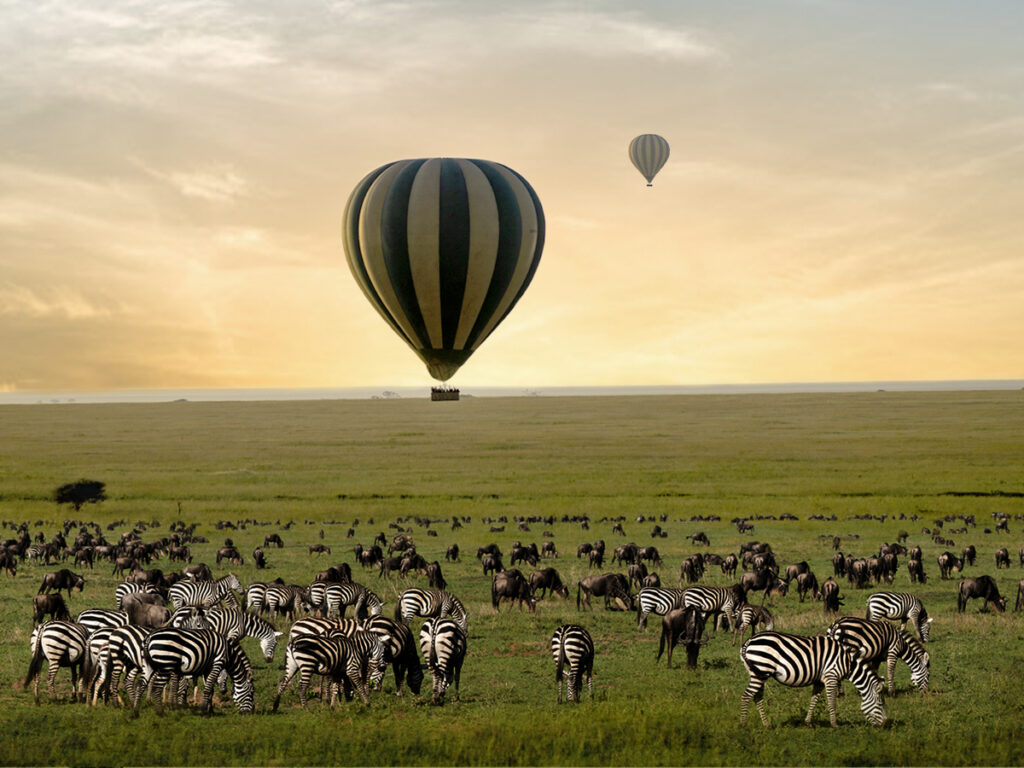
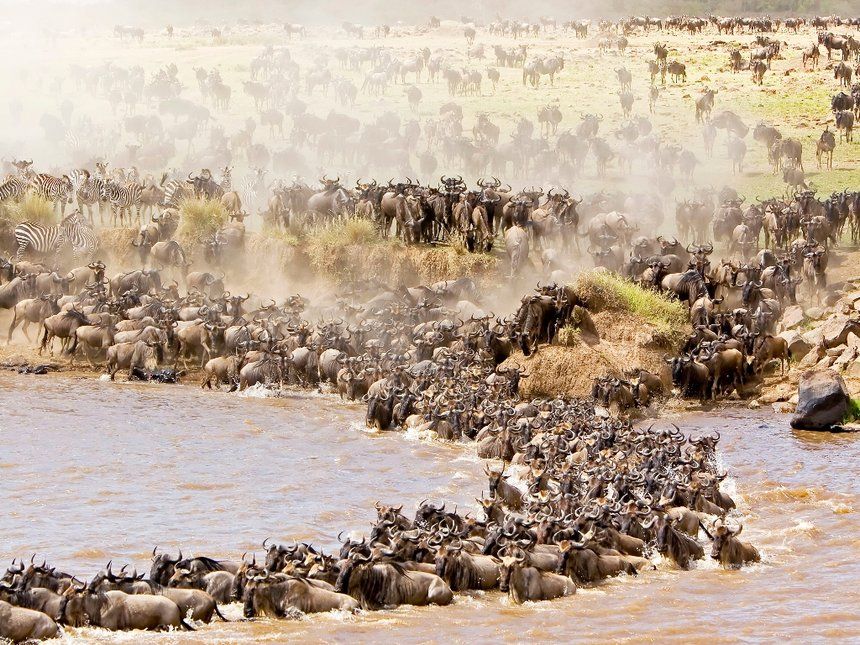
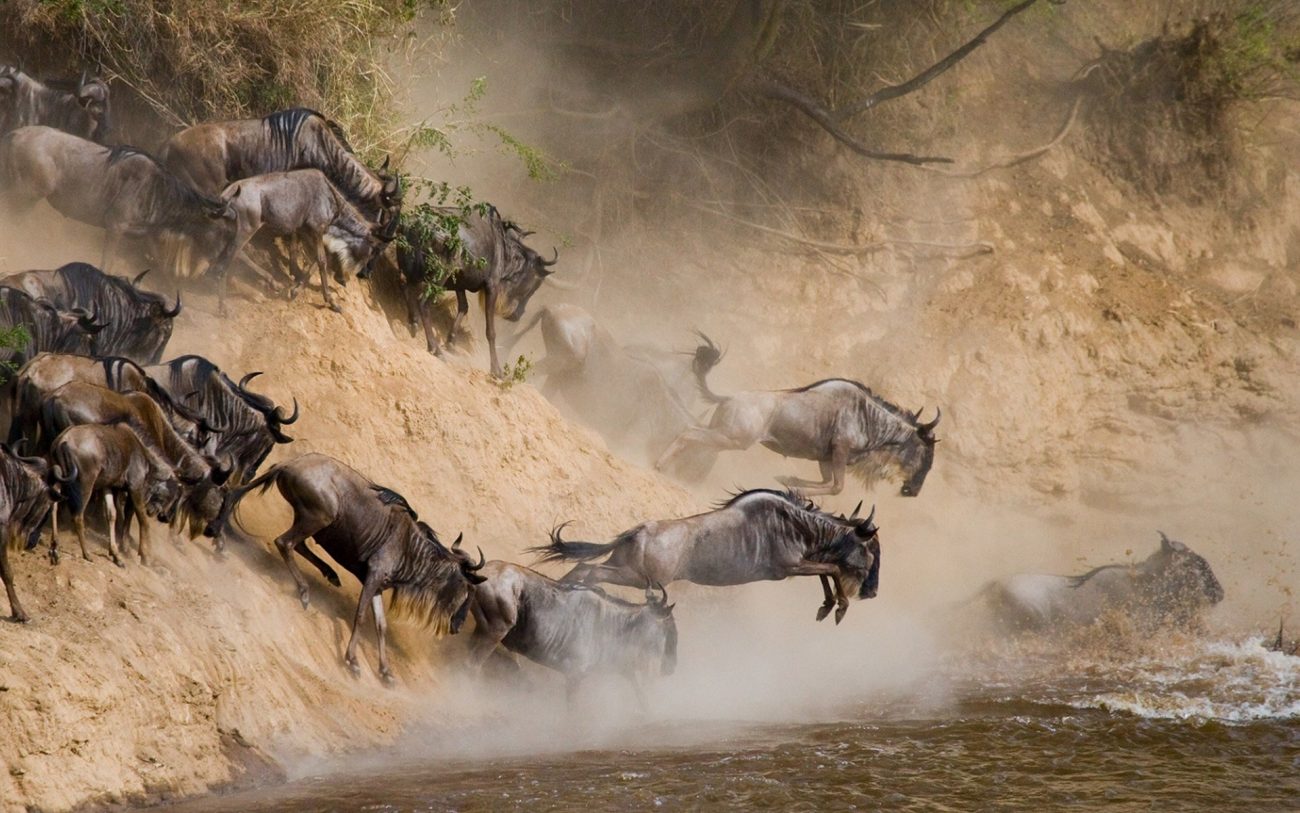
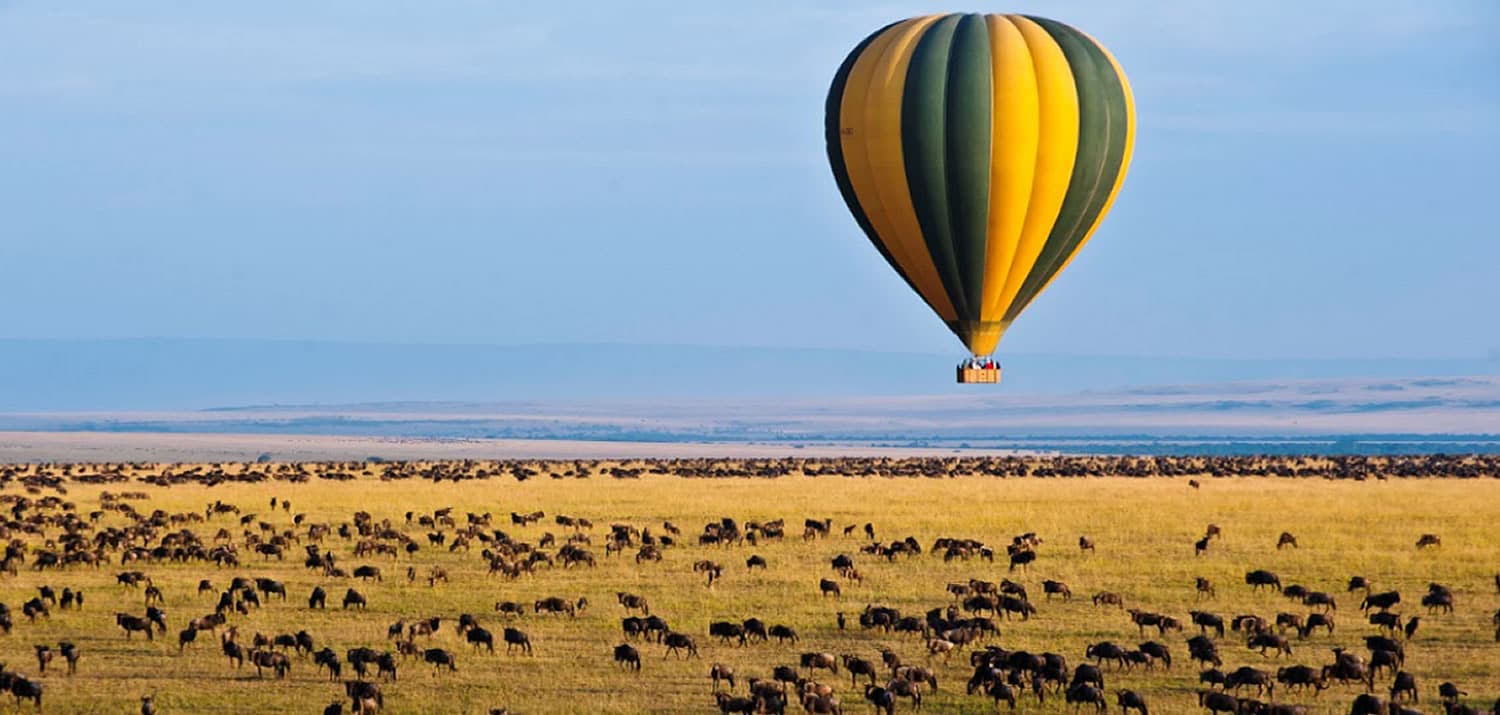
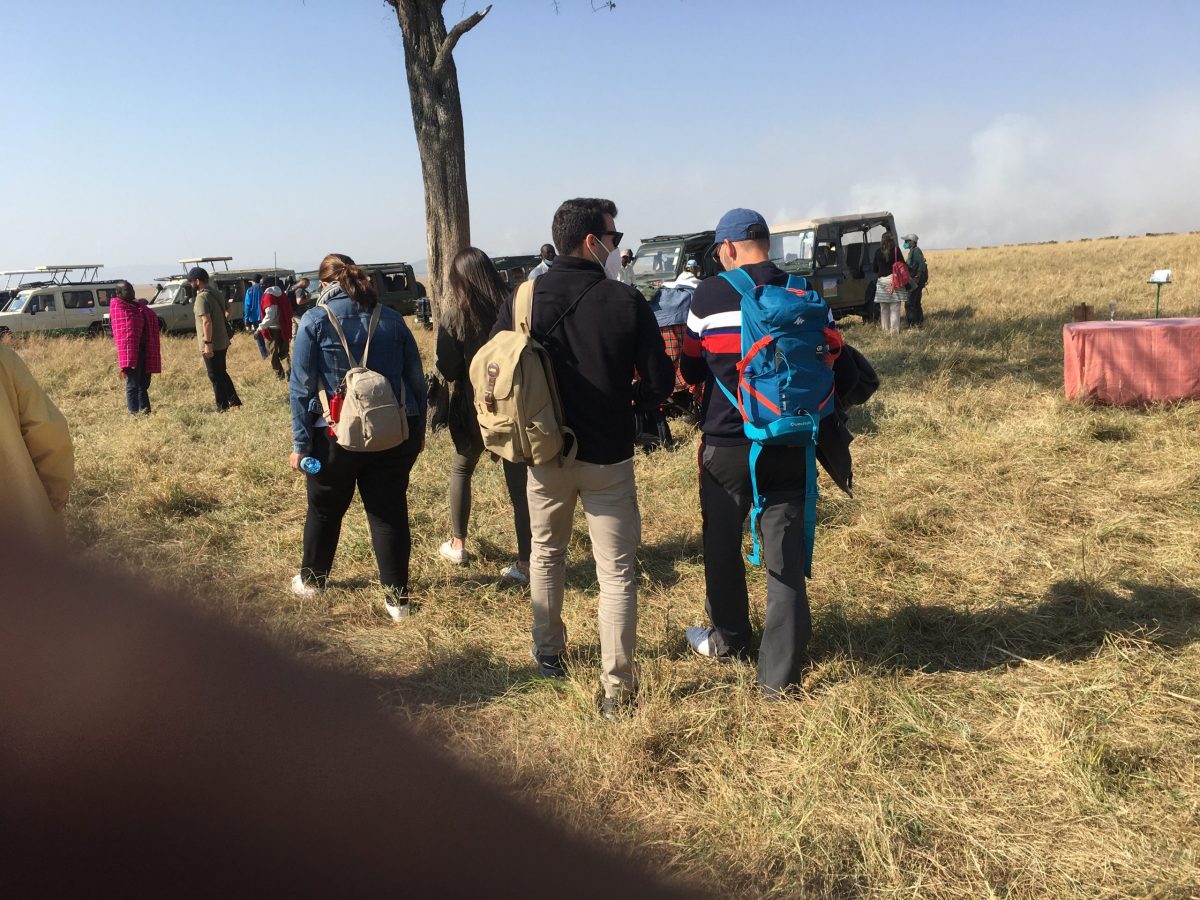
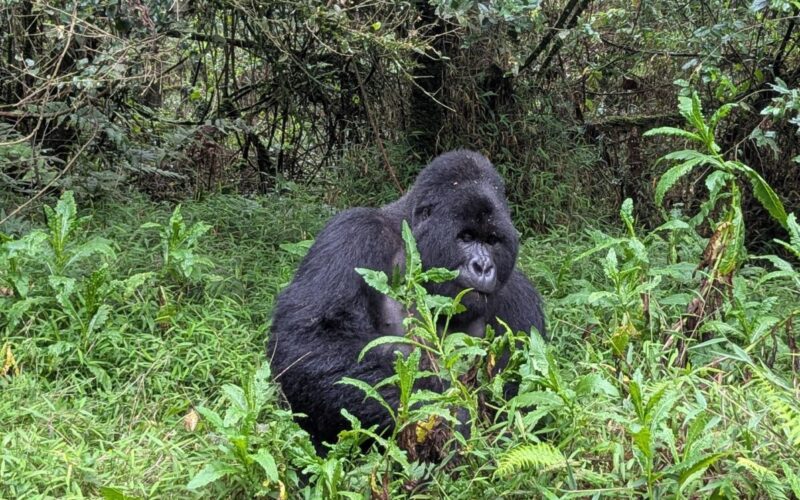
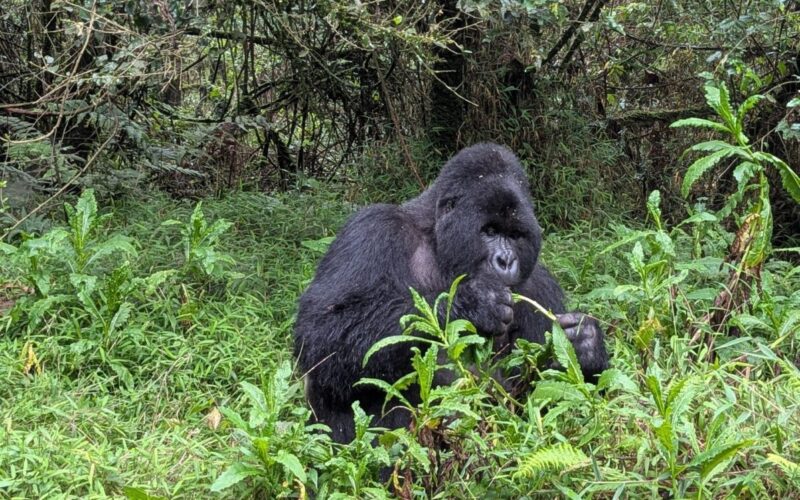
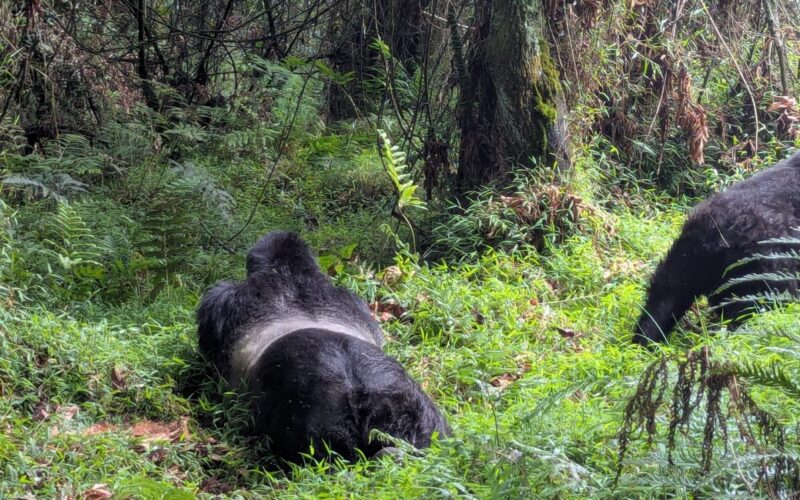

1 Comment
Great article, thanks for sharing such valuable insights! 🙌 I really appreciate the way you explained the topic so clearly and made it easy to understand. It’s rare to find content that is both informative and practical like this. By the way, I recently came across a helpful platform called profis-vor-ort.de — it connects people quickly with local experts and services in Germany. I think it could be a great resource for anyone interested in finding trustworthy professionals nearby. Keep up the great work, I’ll definitely be following your future posts!